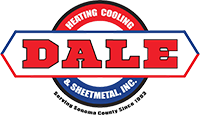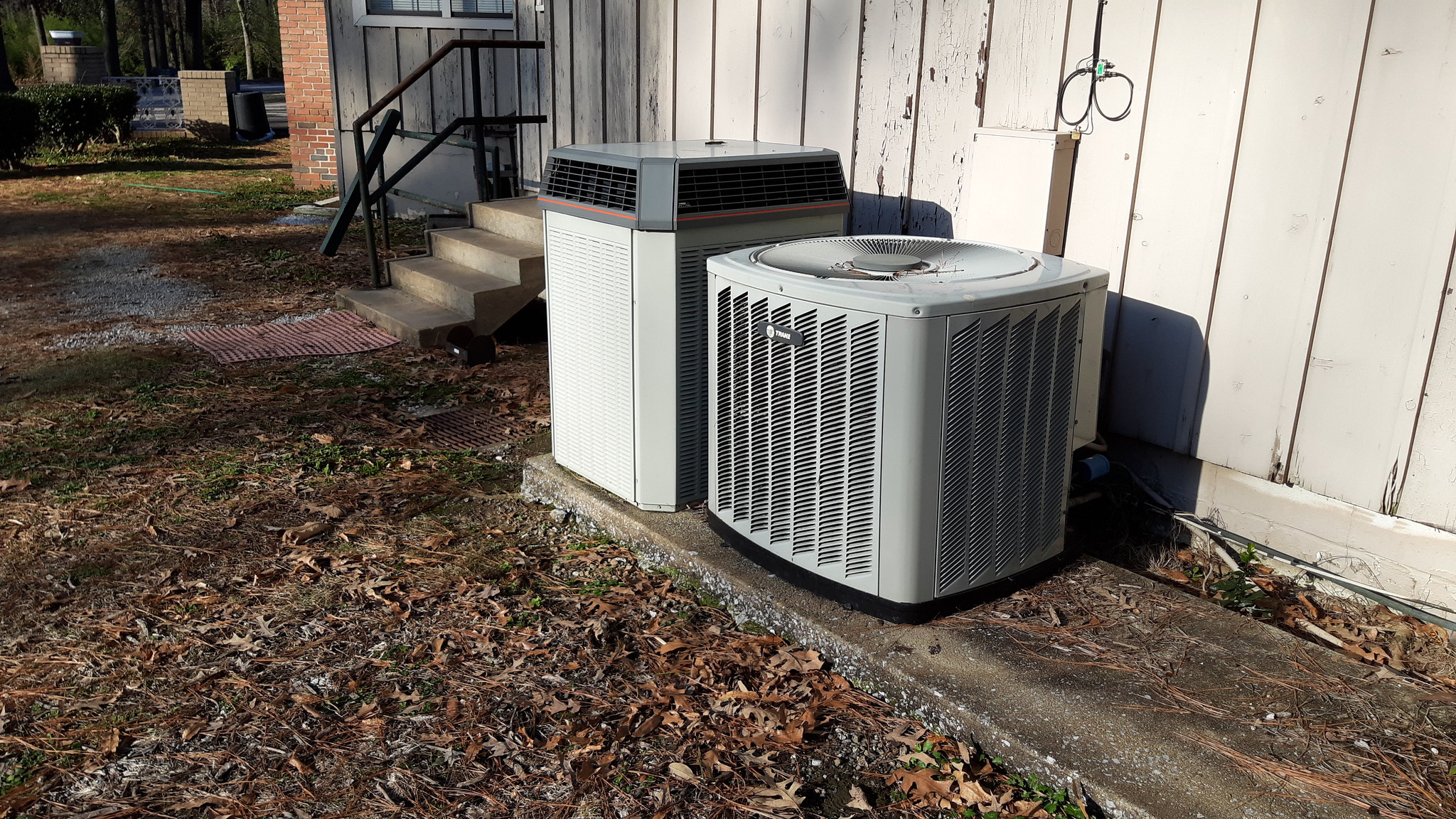Here in Sonoma County, where temperatures can swing from cool foggy mornings to warm sunny afternoons, understanding your home’s HVAC system is crucial for year-round comfort. As your neighbors at Dale HCS, we’ve helped countless local families optimize their heating and cooling systems for our unique climate.
| HVAC Component | Key Benefits |
|---|---|
| Heating System | Consistent warmth during cool coastal evenings |
| Cooling System | Relief from inland summer heat |
| Air Filtration | Protection from seasonal allergens and wildfire smoke |
| Ventilation | Fresh air circulation for improved indoor air quality |
How Your HVAC System Works
Your home’s HVAC system is like the lungs of your house, constantly working to maintain comfortable temperatures and clean air. The heating component, typically a furnace in Sonoma County homes, warms air and distributes it through your ductwork. During our warmer months, the cooling system removes heat and humidity from indoor air, much like how the morning fog naturally cools our region.
According to the Environmental Protection Agency (EPA), Americans spend approximately 90% of their time indoors, making proper HVAC operation essential for family health. This is particularly relevant for our community, where varying weather patterns can affect indoor air quality.
Understanding your system’s components helps you make informed decisions about heating services and maintenance needs. Let’s explore the key elements that keep your home comfortable throughout Sonoma County’s diverse seasons.
Essential Components and Their Functions
Your HVAC system consists of several crucial components working in harmony. For many local homeowners, understanding these parts helps explain why proper maintenance is so important.
- Thermostat – Your system’s control center, monitoring and adjusting temperatures
- Air Handler – Circulates heated or cooled air throughout your home
- Filter System – Captures dust, allergens, and other airborne particles
- Ductwork – Distributes conditioned air to each room efficiently
- Ventilation Components – Ensures fresh air exchange with the outdoors
Key Components
Thermostat, air handler, and filter system work together for comfort.
Regular Maintenance
Essential for efficient performance during peak seasons.
Professional Service
Recommended for unusual system behavior or rising energy bills.
Maximizing System Performance
To ensure your HVAC system operates efficiently in our unique climate, regular maintenance is essential. This becomes especially important during our peak heating and cooling seasons.
- Change or clean filters monthly, particularly during wildfire season
- Schedule professional maintenance twice yearly
- Monitor thermostat settings for optimal efficiency
- Keep outdoor units clear of debris and vegetation
For more detailed information about improving your system’s efficiency, visit our guide on lowering heating costs in winter.
When to Consider Professional Service
As a family-owned business serving Sonoma County, we recommend professional evaluation when you notice:
- Unusual noises or odors from your system
- Inconsistent heating or cooling
- Unexpected increases in energy bills
- Poor indoor air quality or humidity control
Your family’s comfort and safety are our top priorities. For more information about maintaining optimal indoor air quality, explore our article on improving your home’s air quality.
Moving Forward with Confidence
Understanding your HVAC system empowers you to make informed decisions about your home’s comfort needs. As your neighbors in Sonoma County, we’re here to help ensure your system serves your family effectively throughout every season.
Have questions about your home’s HVAC system? Our family at Dale HCS is here to help. Contact us for personalized guidance based on your home’s specific needs.

